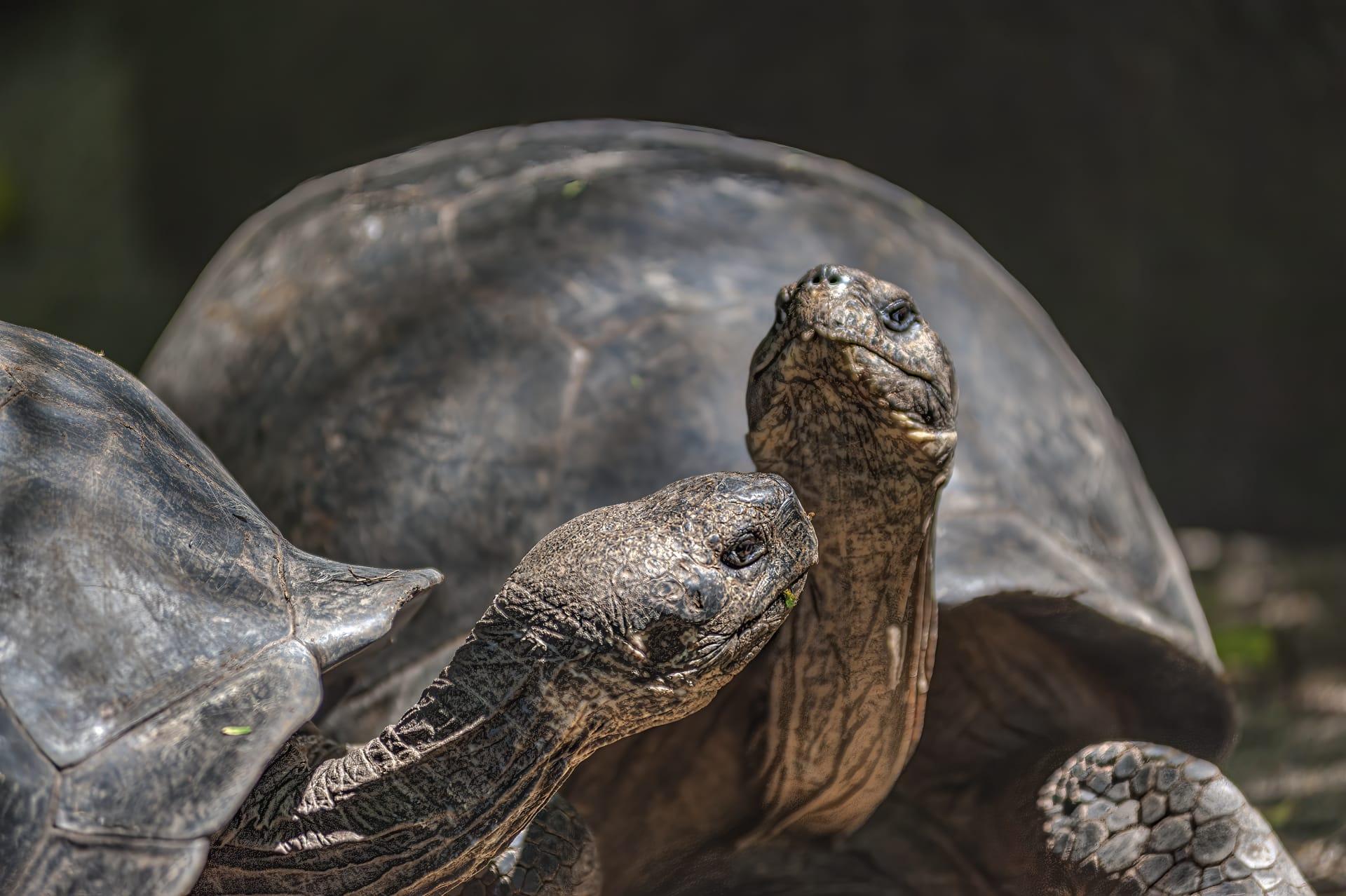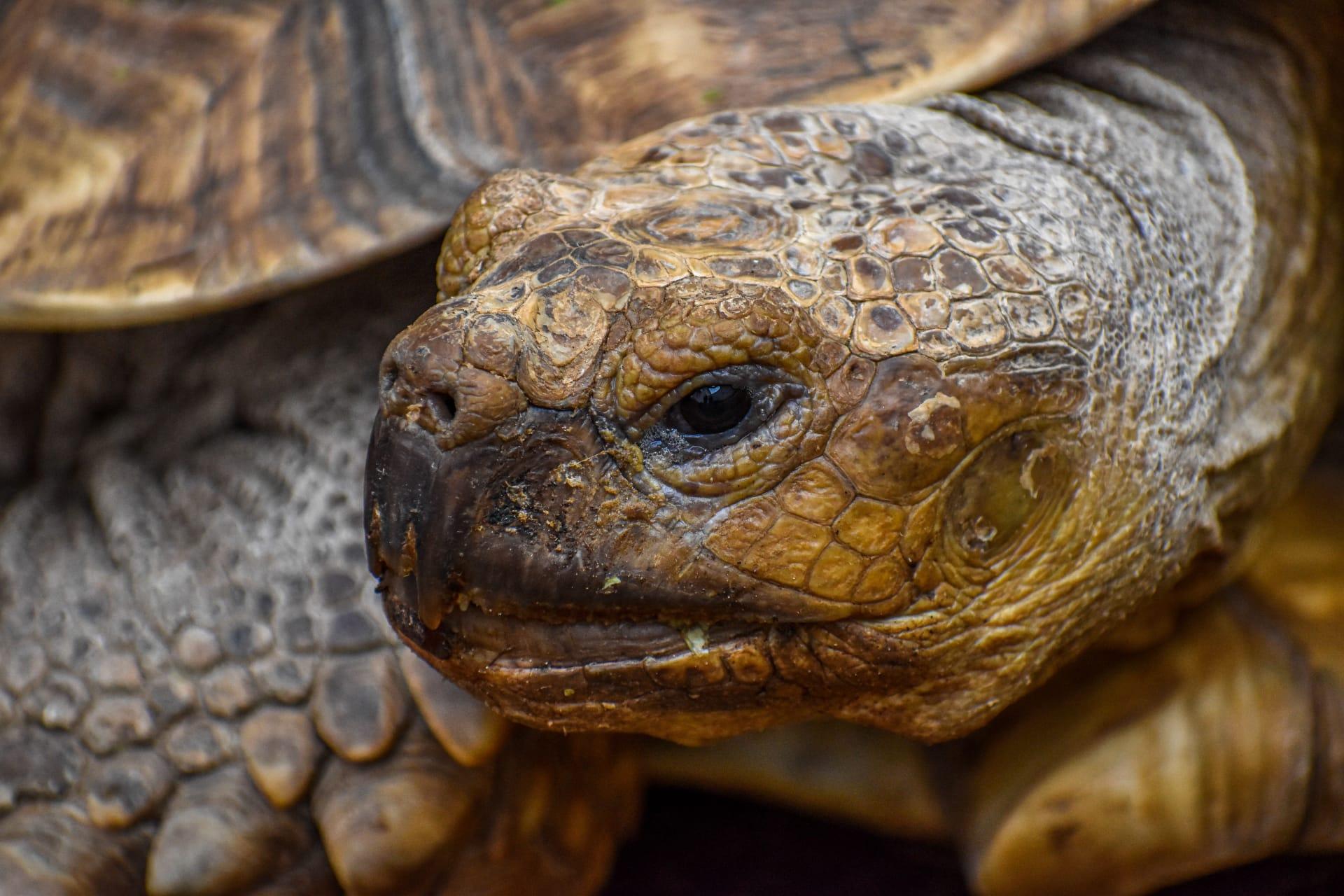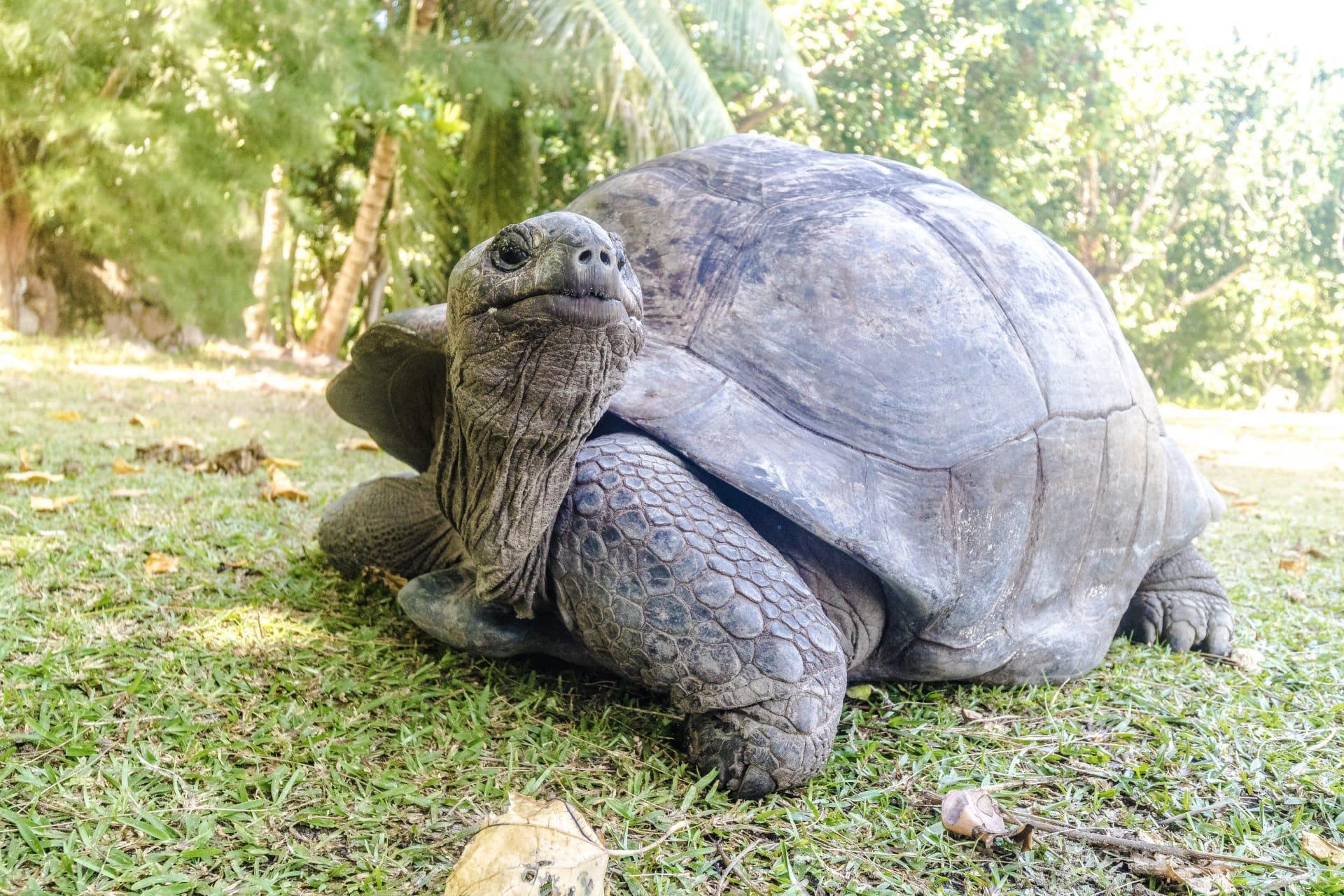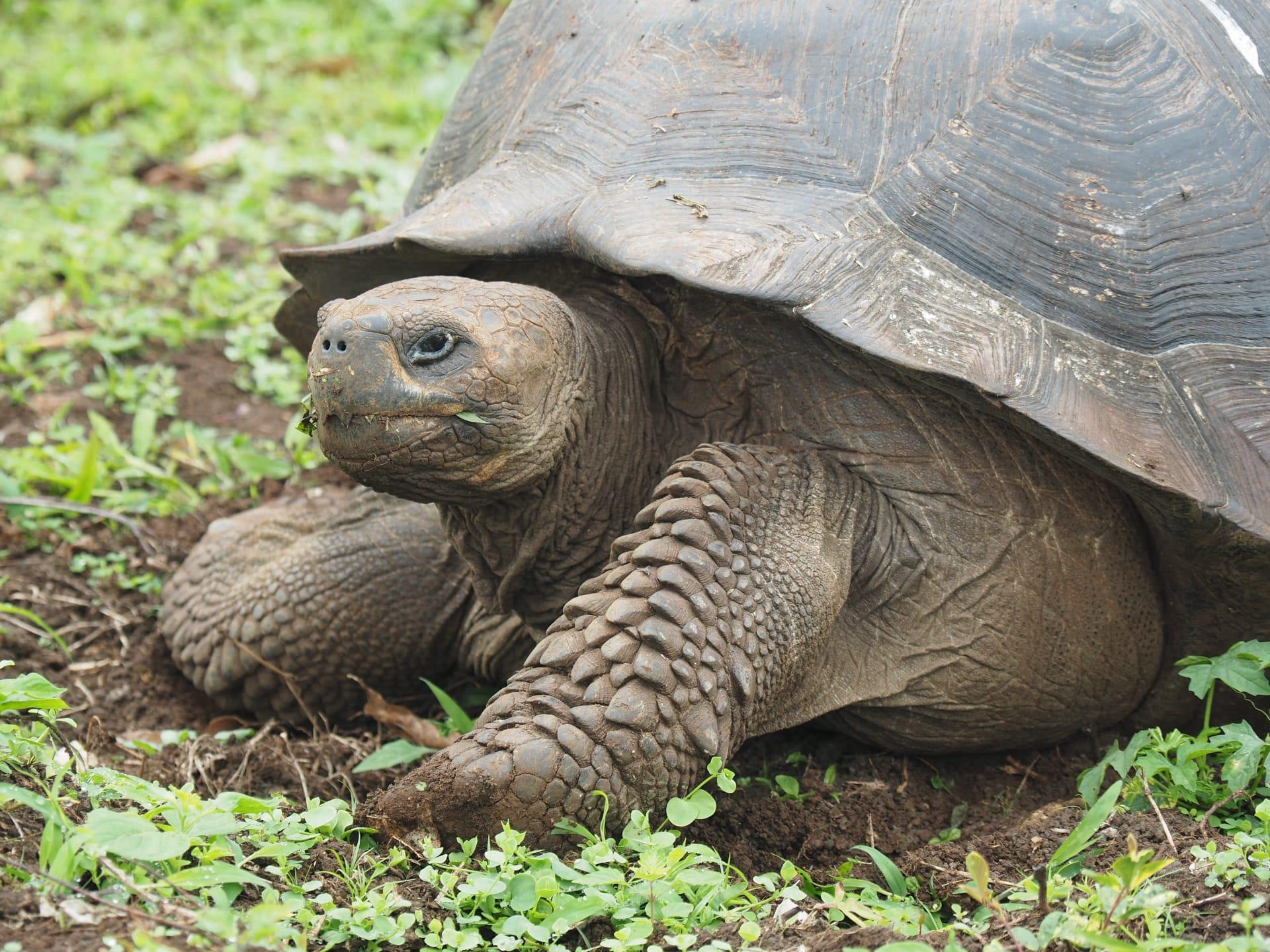Galapagos Tortoise
- Home /
- Mini Encyclopedia /
- Animal /
- Galapagos Tortoise
1
The Galapagos Tortoise, known scientifically as Chelonoidis nigra, is a remarkable species belonging to the family Testudinidae. These giant tortoises are distinguished by their large, bony shells and can be categorized into several subspecies. Each subspecies shows slight variations in shell shape and size, adapted to their specific habitat. For instance, the tortoises from islands with lush vegetation have dome-shaped shells, while those from dryer islands possess saddleback shells. This variation is a classic example of adaptive radiation, where a single species diversifies to fill different ecological niches.
Native to the Galapagos Islands, an archipelago of volcanic islands distributed on either side of the Equator in the Pacific Ocean, these tortoises inhabit seven of the islands. Each island's tortoise population has adapted to the unique environmental conditions, leading to a rich diversity within the species. Originally, there were thought to be over 250,000 tortoises on these islands, but their numbers dwindled to a mere 3,000 in the 1970s due to human exploitation and introduced species. Conservation efforts have since helped increase their numbers, though they are still considered vulnerable.

2
Question: Do Galapagos Tortoises have a slow metabolism because they move slowly?
Answer: The slow movement of the Galapagos Tortoise is often misconstrued as a sign of a slow metabolism. In reality, their metabolism is quite efficient, adapted to their environment. These tortoises can survive without food or water for up to a year, thanks to their ability to store nutrients and water in their bodies. This ability is crucial for survival in the arid conditions of some of the Galapagos Islands. Their slow movement is actually a strategic adaptation to conserve energy, not a direct result of a slow metabolism.

3
The survival strategies of the Galapagos Tortoise are fascinating and diverse. One key strategy is their diet, which is primarily herbivorous, feeding on grasses, leaves, and cactus fruit. This diet helps them to survive in environments with limited resources.
Another crucial strategy is their reproductive behavior. Female tortoises lay between 2 to 16 eggs, which they bury in sandy ground. These eggs are incubated for several months, depending on the ambient temperature. The young tortoises are vulnerable to predators, but their hard shells provide significant protection as they mature. Additionally, the tortoises' long lifespan, which can exceed 100 years, allows for numerous breeding opportunities, aiding their survival.

4
In the Galapagos ecosystem, these tortoises play a vital role. They are major herbivores, impacting the vegetation structure of the islands. By consuming large amounts of vegetation, they help in seed dispersal and maintaining the health of the ecosystem. Their movement across the islands aids in the dispersal of seeds stuck to their skin or passing through their digestive system, thus contributing to the propagation of various plant species.
Their role extends beyond just ecological. Galapagos Tortoises are a keystone species, meaning their presence or absence significantly affects other organisms in the ecosystem. They help maintain the balance of their habitats, and their conservation is crucial for the overall health of the Galapagos Islands. Additionally, their historical and scientific significance has made them a symbol of conservation efforts worldwide, attracting researchers and tourists alike, which contributes to the local economy and global awareness about environmental conservation.

5
Film: "Galapagos: The Islands That Changed the World" (2006, United Kingdom). This BBC documentary provides an in-depth look at the unique wildlife and extraordinary natural phenomena of the Galapagos Islands. It includes stunning footage and insights into the life of the Galapagos Tortoise, showcasing its role in the islands' delicate ecosystem.
Book: "Lonesome George: The Life and Loves of a Conservation Icon" (2006, United Kingdom) by Henry Nicholls. This book tells the story of Lonesome George, the last known individual of the Pinta Island tortoise subspecies. It explores the broader implications of his life for conservation efforts and provides a detailed look into the challenges faced by the Galapagos Tortoise.
Book: "The Galapagos: A Natural History" (2014, United States) by Henry Nicholls. This comprehensive guide provides an overview of the Galapagos Islands' natural history, including detailed information on the Galapagos Tortoise. The author discusses the evolution, behavior, and conservation challenges of this iconic species, making it an essential read for those interested in these majestic creatures.